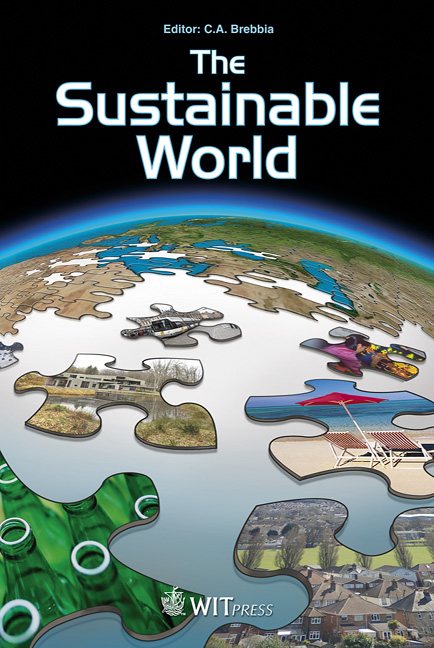Ecological Urban Design Through Material AndEnergy Flow Analysis And Life CycleAssessment: From An Architect’s Perspective
Price
Free (open access)
Transaction
Volume
142
Pages
11
Page Range
3 - 13
Published
2010
Size
3,649 kb
Paper DOI
10.2495/SW100011
Copyright
WIT Press
Author(s)
Z. C. Cai & R. Wennerstern
Abstract
The process of ecological urban design was studied through the perspective of Material/Energy Flow Analysis from an architect’s viewpoint. The study examined how to control and adjust the production, transportation, distribution and consumption of material and energy flows in built environment systems, and how to analyse the relevant ecological design methods. Two environmental methods were used, Material/Energy Flow Analysis as the main method and Life Cycle Assessment as a parallel method, to analyse the ‘integrated efficiency’ of material and energy utilisation in the built environment and its significance for sustainable design. The analysis was applied to two cases: Material Flow Analysis of household wastewater treatment and Energy Flow Analysis of energy for heating and cooling buildings. Keywords: Ecological Design, built environment, Material/Energy Flow Analysis, Life Cycle Assessment. 1 Introduction Urban development is a complex process involving multiple stakeholders, e.g. government, developers, engineers, contractors, residents, etc., and different physical flows, e.g. water, solid waste, energy, foods, etc. The development also covers a long time span including construction, operation and demolition. Nowadays decisions regarding urban development are becoming increasingly complex because decision-makers have to consider social, economic and of course environmental aspects.
Keywords
Ecological Design, built environment, Material/Energy FlowAnalysis, Life Cycle Assessment





